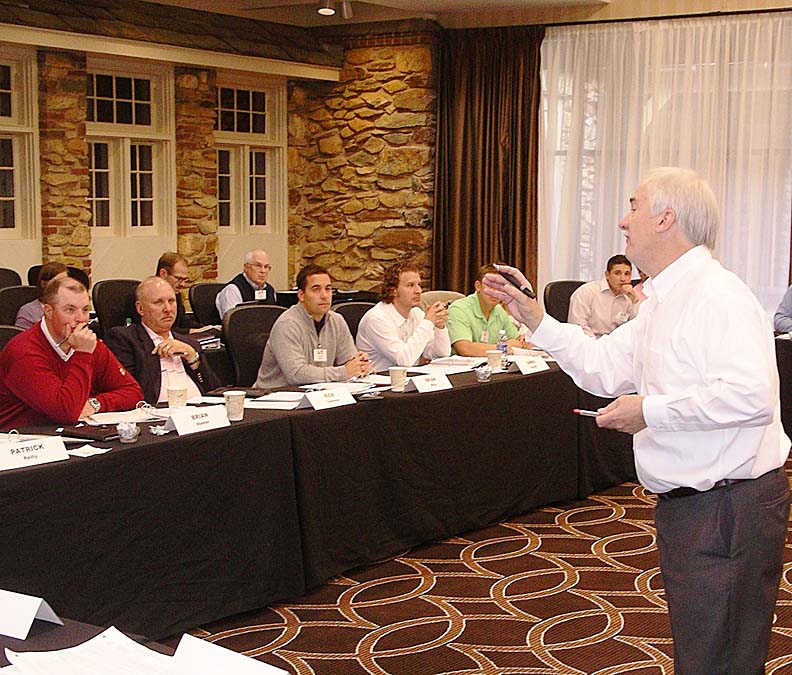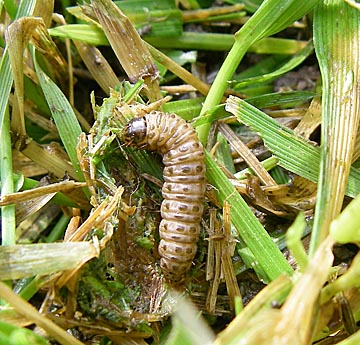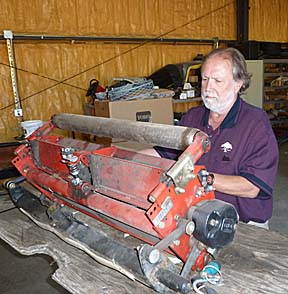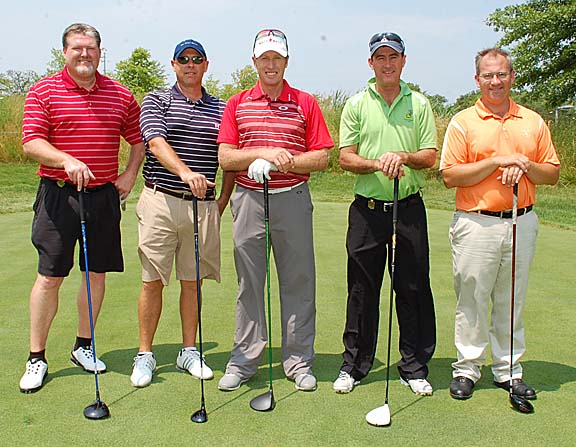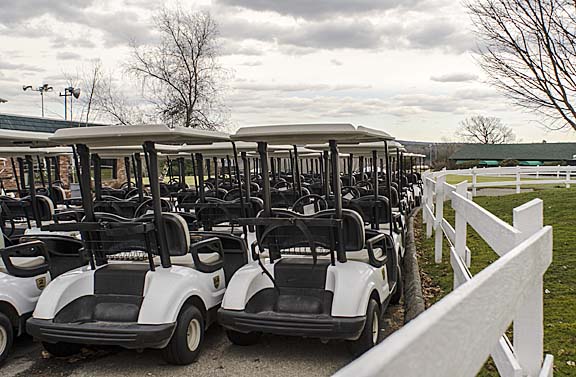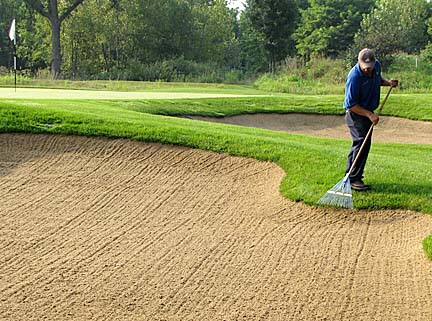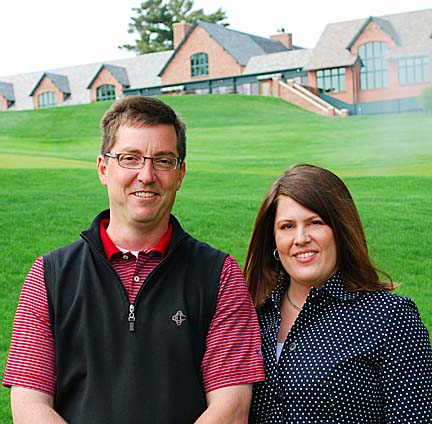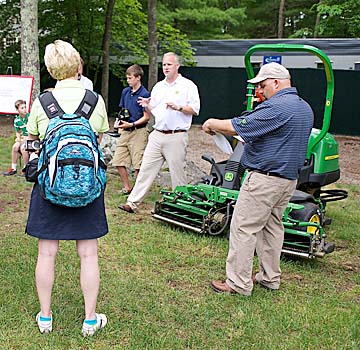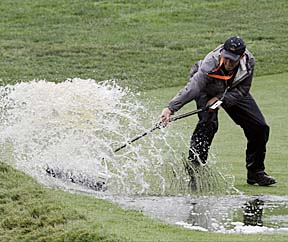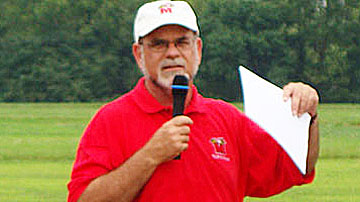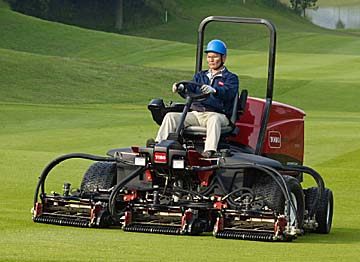
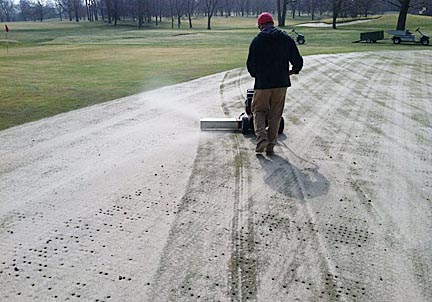
Measuring 5.5 inches by 5.5 inches and weighing 10 pounds, The "Original" is designed to fit walk-behind blowers with rectangular output ports. It delivers topdressing material into the soil profile through a process called air-redirection technology, eliminating the need for brushes or mats. Air-redirection technology forces topdressing material into the desired location quicker and more efficiently than gravity, brushing or dragging with mats.
The "Original" is manufactured from 16-gauge steel and features rounded leading and trailing edges to provide even greater protection for the turf surface.
At 24 inches in length The "Original" is large enough to make quick work of large-volume sand applications and small enough to get into the intricate details of putting greens, tees, infields and targeted micro-environments in a fraction of the time, says Green Sweep Technologies, a company created by turf managers to develop tools and solutions for other turf managers.
For more information, visit greensweeptech.com.
- Read more...
- 7,280 views

